Does exist a Cellular Automata Rule that is RANDOM (like the rule 30) and has 3 colors?
-
Your previous question confused me, but this one I understand, and I think it's a good one. It's probably off-topic for this site however, and would be better asked on http://math.stackexchange.com/ – Mr.Wizard Aug 04 '12 at 21:09
-
rule 30 is by no means random – Sonia Aug 05 '12 at 04:44
-
Rule 30 seems to have locally a random behavior – Daniele Ricci Aug 05 '12 at 10:13
1 Answers
This is rather a research problem - you have to run statistical tests on the Cellular Automata (CA) Rule you find to show that it is random. If you would like to do a research projects like this check out The Wolfram Science Summer School.
For now let see what information and tools can get you started.
First of all I would read Chapter 6: Starting from Randomness - Section 5: Randomness in Class 3 Systems in the "New Kind of Science" (NKS) book and surounding chapters for better understanding of the subject.
I would also look at many free apps exploring 3-color rules at The Wolfram Demonstrations Project.
Next you can start from good candidates found on page 64. Follow that link and read the image captions about 3-color CAs with seamingly random behavior. The online book is free (you may need to register once). I would recommend also reading pages 62 - 70 exaplaining those images.
Also take a look at "Random Sequence Generation by Cellular Automata" by Stephen Wolfram.
If you do no thave Mathematica, then Wolfram|Alpha can provide tons of valuable information. Here are the queries for the CAs from NKS book: rule 177, rule 912, and rule 2040. Not how Wolfram|Alpha gives you, for example, difference pattern images - higly divergent (spread fast) means chaos and randomness:
If you have Mathematica - it is easy to evolve CAs (and further test their random properties say with Chi-squared test). This is how you set up a 3 color range 1 totalistic CAs from pictures in NKS book (you can dig further with Hypothesis Testing):
ArrayPlot[CellularAutomaton[{#, {3, 1}}, {{1}, 0}, 50], Mesh -> True,
PixelConstrained -> 7, ColorRules -> {0 -> White, 1 -> Red},
Epilog -> Text[Style["Rule " <> ToString@#, Red, Bold, 25], {50, 340}]] & /@
{177, 912, 2040} // Column

- 1,298
- 7
- 21
